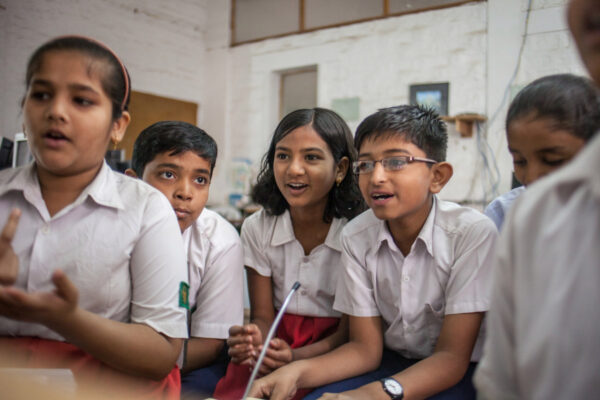Education plays an important role in the development of students in India from kindergarten to the 12th standard. India boasts of various boards of education set up for students to pursue their primary and secondary education in, as well as various renowned colleges that offer degree courses. For example, schools in Gurgaon are well known for their unbiased and high education standards.
History of the education system in India
- When the country was divided into 28 states and 7 union territories, the welfare of the states was overlooked by the state governments appointed in the states whereas the union territories were ruled by the Government of India (GoI) and had an administrator appointed by the Prime Minister.
- The state governments were responsible for education in their own states and had complete control over the policies decided and implemented in that respect. The GoI only handled the coordination amongst the states and supervised the standards set for higher education.
- However, this changed in 1976 and the responsibility of education was placed in the concurrent list. Although the state governments had immense freedom in the implementation of policies and programs, the GoI had to discuss and release school education policies.
The boards of education in India
India’s school-education system is dominated by 3 boards or streams. There are two streams out of these 3 streams that have been coordinated at the national level by the GoI.
- CBSE
- This stands for the Central Board of Secondary Education and was originally formulated for children of central government employees. Since these employees had to get transferred periodically, the schools were set up for the convenience of the children.
- These schools are called Kendriya Vidyalaya, and they are present in various urban areas all over the country. The syllabus spans the requirements of education in India and it also accommodates the transferring children and their time domains.
- Social studies, a subject that encompasses History, Geography, and Civics is taught in Hindi in Kendriya Vidyalaya schools.
- There are some private schools in India that work on the CBSE syllabus although they may have different text books and teaching schedules.
- ICSE
- ICSE stands for Indian Certificate of Secondary Education and it is the second central scheme of education followed in the country.
- ICSE was originally created as a replacement for the Cambridge School Certificate and a council was created to replace the Cambridge School Certificate Examination that operated from overseas with an All India Examination.
- It has been observed that ICSE students are generally from wealthy families and they have to give board exams at the end of 10 years (secondary education) and 12 years (higher secondary education) to determine their graduation from holistic secondary education.
- State schools
- All states have their own examination and evaluation schemes under the Department of Education affiliated to the state.
- They have their own textbooks for every subject and they conform to the decisions set up by the SCERT when it comes to curriculum, examinations, and pedagogy along with the guidelines set up at the national level by the NCERT.

